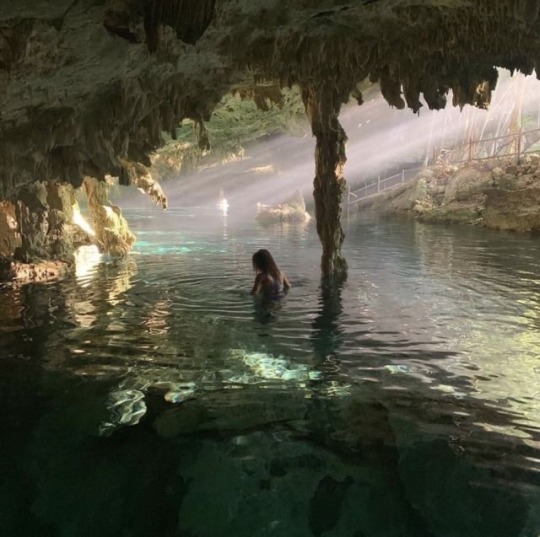#yucatán
Text

to those who came before me and preserved what they could. happy indigenous peoples day
#maya#yucatán#yucatec maya#indigenous#art#needle#embroidery#native#Thanks to everything you have done for me and what you sacrificed for me to be here#indigenous peoples day#original
2K notes
·
View notes
Text
"Mexico’s government recently announced the creation of 20 new protected areas across 12 states and two coastal areas in the country, covering roughly 2.3 million hectares (5.7 million acres). This follows a series of budget cuts to the nation’s environmental agencies.
Officials introduced four new national parks, four “flora and fauna protection areas,” seven sanctuaries, two biosphere reserves and three “natural resources protection areas” under the protection of the National Commission of Protected Natural Areas (CONANP).
“This is a commendable step toward biodiversity conservation and environmental protection,” said Gina Chacón, director of the Wildland Network’s public policy program in Mexico. She told Mongabay these new areas will help preserve the country’s rich ecosystems, foster sustainable practices and protect a broad range of important species and habitats. Though some environmental and Indigenous groups are wary the budget cuts could hinder efforts to conserve these areas.
The newly protected areas will preserve habitat and ecologically important marine areas for various species, including whale sharks (Rhincodon typus), Mexican prairie dogs (Cynomys mexicanus) and jaguars (Panthera onca). They will also help safeguard ecologically important coral reefs and areas of cultural significance to Indigenous communities.
Bajos del Norte, a new national park in the Gulf of Mexico, is the largest new protected area, covering 1,304,114 hectares (3,222,535 acres), almost nine times the size of Mexico City. The area is important to the more than 3,000 families that belong to fishing communities on the Yucatán coast. It is also one of the main grouper fish (Epinephelinae) reproduction sites in the Gulf of Mexico and will safeguard threatened species, such as the rocky star coral (Orbicella annularis) and the hawksbill turtle (Eretmochelys imbricata).
Joaquín Núñez Medrano, the secretary of the UEFAHG or Union of Forestry and Agricultural Ejidos Hermenegildo Galeana A.C. (Unión de Ejidos Forestales y Agropecuarios Hermenegildo Galeana), lives in an ejido — a type of communally owned land used for agriculture and forestry purposes — called Cordòn Grande in Sierra Grande of Guerrero, along the Pacific Coast. For more than 10 years, Medrano’s community has monitored species such as the jaguar and sustainably managed the ejido’s natural resources, without government assistance.
But now, the ejido has been designated a protected area in this latest round of decrees, as it falls inside part of the new Sierra Tecuani reserve. “The goal is to strengthen what we have already been doing but with support to do it much better,” he told Mongabay.
The second- and third-largest newly protected areas are Sierra Tecuani, a 348,140-hectare (860,272-acre) biosphere reserve threatened by illegal logging, forest fires and land use changes, and the Semidesierto Zacatecas Flora and Fauna Protection Area, which is important for the recovery of the Mexican prairie dog.
The state of Oaxaca is where the government created the most new protected areas, numbering three: the 90-hectare (222-acre) Playa Morro Ayuta Sanctuary, the 56-hectare (138-acre) Barra de la Cruz-Playa Grande Sanctuary and the 261-hectare (645-acre) Playa Cahuitán Sanctuary. Other protected areas were created in the states of Quintana Roo, Veracruz, Campeche, Nayarit, Zacatecas, Chiapas, Colima, Durango, Jalisco, Chihuahua, Guerrero and the State of Mexico...
President Andrés Manuel López Obrador has protected more areas than any previous administration, with a total of 43 new areas across 3 million hectares (7.4 million acres). But Mexico’s Secretariat of Environment and Natural Resources (SEMARNAT), which works to safeguard the environment, has become severely cash-strapped throughout his six-year term.
SEMARNAT is one of many sectors in Mexico undergoing funding cuts. In recent years, Obrador’s government has implemented a series of strict austerity measures to free up more money for other areas like pensions and wages, boosting the leader’s popularity among citizens, particularly the working-class. Judicial workers, health services and academia have also had their budgets slashed in 2024...
Juan Bezaury-Creel, the director of the organization Fundación BD BioDiversidad Mexicana, said a protected area is better than no protected area because, once a decree is formalized, the government has a duty to protect it. However, this puts “huge pressure on existing personnel because they have to take care of more surface area with less resources,” he told Mongabay.
“The personnel from CONANP are heroic,” he said. “They are putting their lives on the line many times with little budget and little help.”"
-via Mongabay, January 25, 2024
#mexico#lopez obrador#andrés manuel lópez obrador#protected areas#environment#deforestation#environmental issues#national park#gulf of mexico#yucatán#oaxaca#endangered species#good news#hope#whale shark#prairie dog#jaguar
336 notes
·
View notes
Text
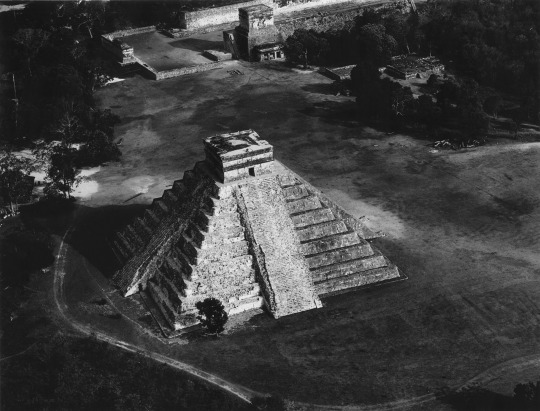
Castillo, Chichén Itzá, Yucatán, Mexico, 1982 - by Marilyn Bridges (1948), American
605 notes
·
View notes
Text
Imagen del Caracol en 1959.
Se ha sugerido que El Caracol fuera un antiguo observatorio maya y le permitiera al pueblo maya observar los cambios en el cielo a causa del paisaje llano de Yucatán que no posee colinas naturales alrededor de Chichén Itzá
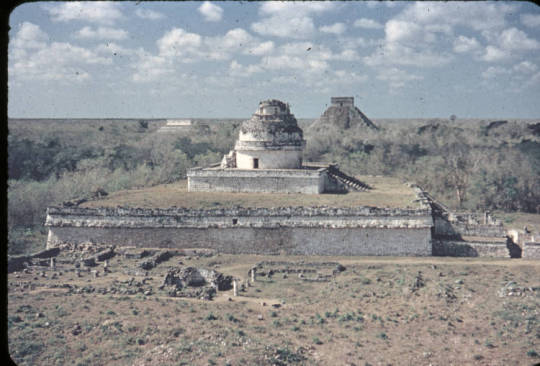
#méxico#mexico#retro vintage#retro#mexican#retrostyle#vintage#arquitectura#historia#caracol#yucatán#chichenitza
80 notes
·
View notes
Text

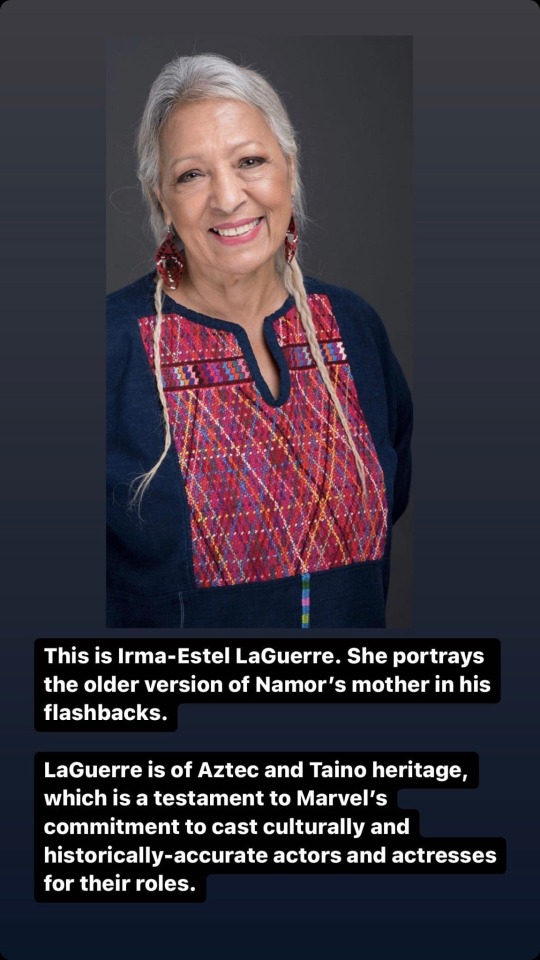



“Black Panther Wakanda Forever” has a supporting cast of actors and actresses, without whom the story may not have been as effective. Sure, our main leads and the secondary characters are cool and awesome, and the story is amazing, but it’s people like the ones above who play small but very important roles in the story.
Having a young boy witness the trauma of his people be subject to horrors no child should be privy to, and hold on to that fear and rage with a grip so tight it transforms into vengeance that burns within a god-king hell-bent on protecting his people… little Manuel Chavez may not have been onscreen long, but his presence very much informed the charismatic K’uk’ulkan who is both filled with rage and kindness in equal measure.
Like Manuel, Irma-Estel LaGuerre and María Mercedes Coroy may not have been onscreen much, but their portrayal of a mother who, for the sake of her unborn son, must ingest a concoction to save both her and her people from the raging fires of colonialism resonates with many. In the film, K’uk’ulkan wonders what it is like to be a people in a pristine land who never have to leave. His mother loved him, cared for him, and wished for him to bury her in the land she loved so much, even if it was being desecrated by people who most certainly did not belong there to begin with. LaGuerre and Coroy portrayed a woman who had so much love to give, yet lost so much; it is to nobody’s surprise that her son adopted the name “Namor”, itself shortened from “el niño sin amor”, the child without love.
Without Josué Maychi, there may well not have been the inclusion of the Yucatec Mayan language in the film. Maychi’s role as the shaman who was guided by a god to retrieve a plant grown in Vibranium-rich soil to heal his smallpox-afflicted people is very important to the story, as without him, Talokan is as good as nonexistent. It is thanks to the shaman that Talokan was able to thrive as we see it do in the film.
María Telón Soc portrays a Mayan elder in the film. Her role, though small, is crucial as she is one of the guiding forces who help convince K’uk’ulkan mother to ingest the herbal drink to save her and her unborn son. Like the other actors and actresses mentioned above, she may not have been onscreen for long, but her presence informs the decisions we see the other Mayan-Talokanil make.
#mcu#black panther wakanda forever#wakanda forever spoilers#mcu namor#k’uk’ulkan#secondary characters#background characters#supporting cast#cultural representation#cultural heritage#marvel cast#josue maychi#maria mercedes#my thoughts#really makes you think 🤔#yucatán#mayan culture#mayan civilization#historical reference
1K notes
·
View notes
Text

The Temple of Tulum in Yucatan, Mexico by Hubert Sattler
#hubert sattler#art#temple#tulum#yucatan#mexico#temples#mexican#history#maya#mayan#mayans#yucatán#ruins#ruin#architecture#explorers#explorer#landscape
412 notes
·
View notes
Text
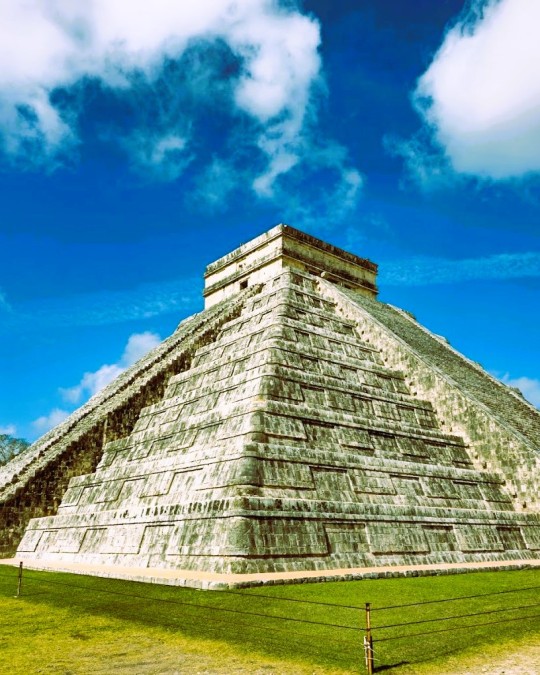
Chichen Itza, Yucatán, Mexico: Chichén Itzá (often spelled Chichen Itza in English and traditional Yucatec Maya) was a large pre-Columbian city built by the Maya people of the Terminal Classic period. The archeological site is located in Tinúm Municipality, Yucatán State, Mexico. Wikipedia
48 notes
·
View notes
Text
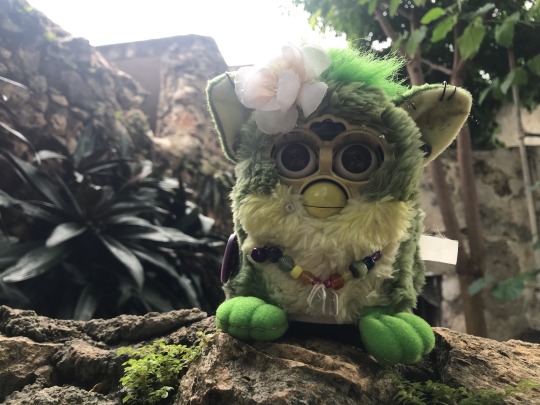


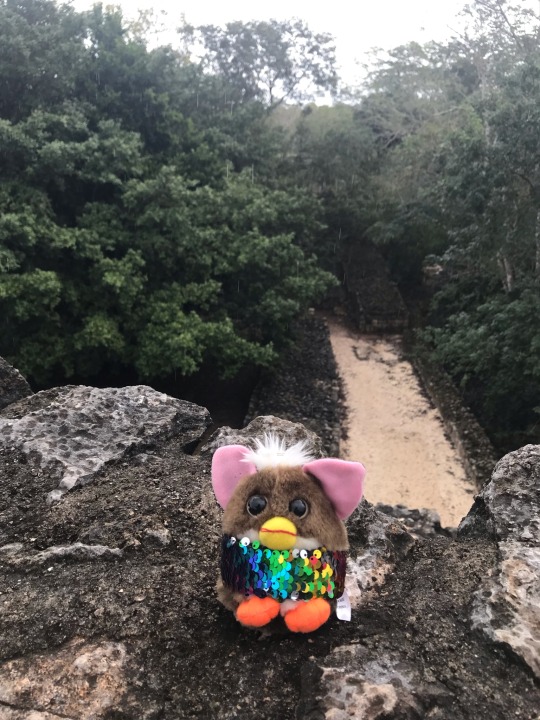


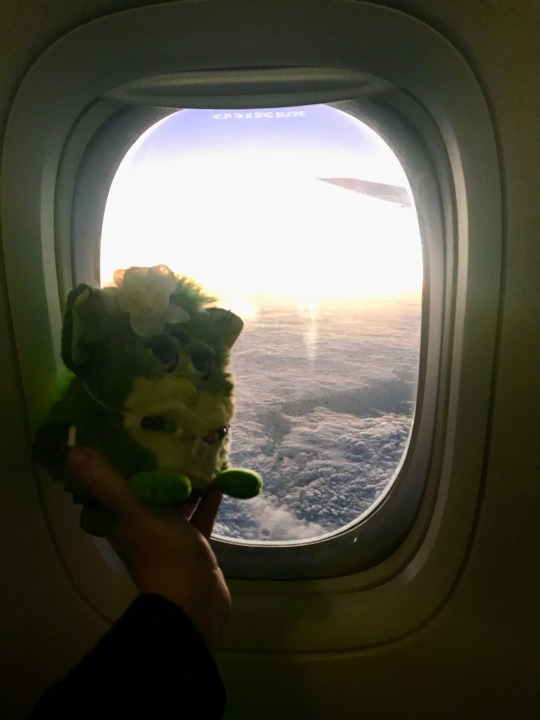
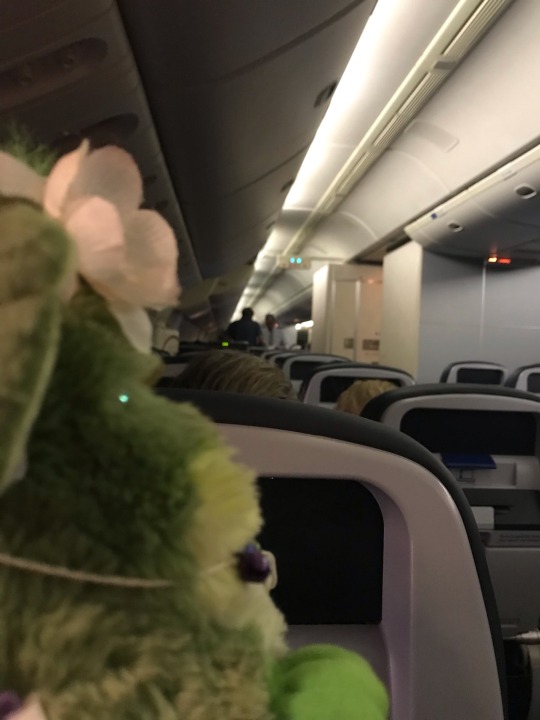

Asparagus and Baby Spinache exploring the Yucatán peninsula! and our flight home
23 notes
·
View notes
Text
A remarkable Atlantean sculpture has been dug up on the path to a whole new archaeological zone discovered at Chichen Itza. Meanwhile, at Palenque, jewelry and gods aplenty are being unearthed. Mexico is awash with Mayan discoveries!
35 notes
·
View notes
Photo

Yucatán
Pia Riverola
240 notes
·
View notes
Text
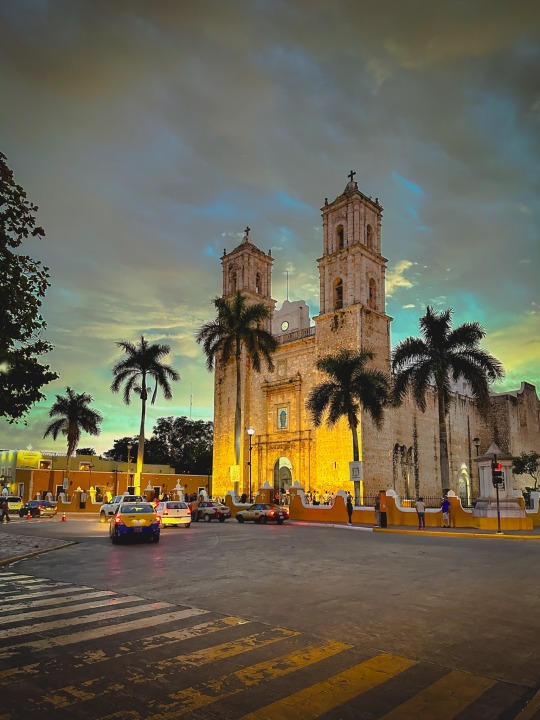
Valladolid Yucatán, México
14 notes
·
View notes
Text

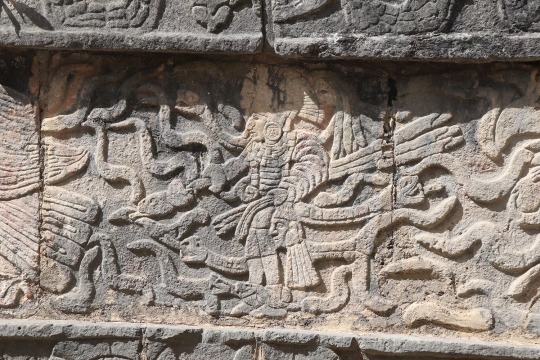

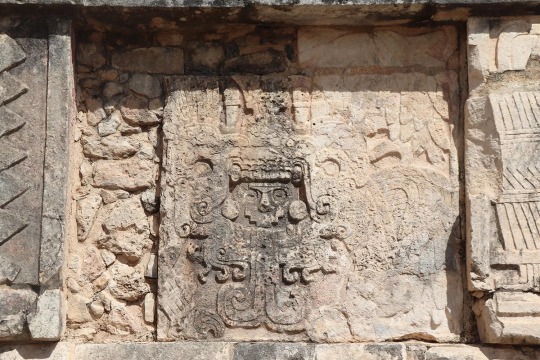
Carvings at Chichén Itzá
https://itravelforthestars.com/2023/02/24/mayan-ruins-mexico/
24 notes
·
View notes
Text

Pirámide, Chichén Itzá, 1980.
#archaeology#ruins#maya#pyramid#chichen itza#yucatán#méxico#1980#photographers on tumblr#black and white
91 notes
·
View notes
Text

Common L for Spanish Conquistadors
#historical memes#history#history memes#meme#memes#historical#maya#Mayan#Mayans#Mayan history#Yucatán#yucatan#yucatec#central american history#central america#mesoamerica#mesoamerican
7 notes
·
View notes
Text

Altar for Hanal Pixan (yucatecan day of the dead) in Ucu, Yucatán, Mexico
In some Yucatan places people think that mirrors are portals to the "other world", thus some people in little towns keep them covered when they are not being used. [...] The family who laid the altar covered the mirror so that the spirit doesn't see itself when it goes for its offerings. It is believed that if it is seen, it will never return.
source
#wouldn’t let me link to the actual file where it has that description#altar#altars#Yucatán#Mexico#religious#hanal Pixán#hanal pixan
209 notes
·
View notes
